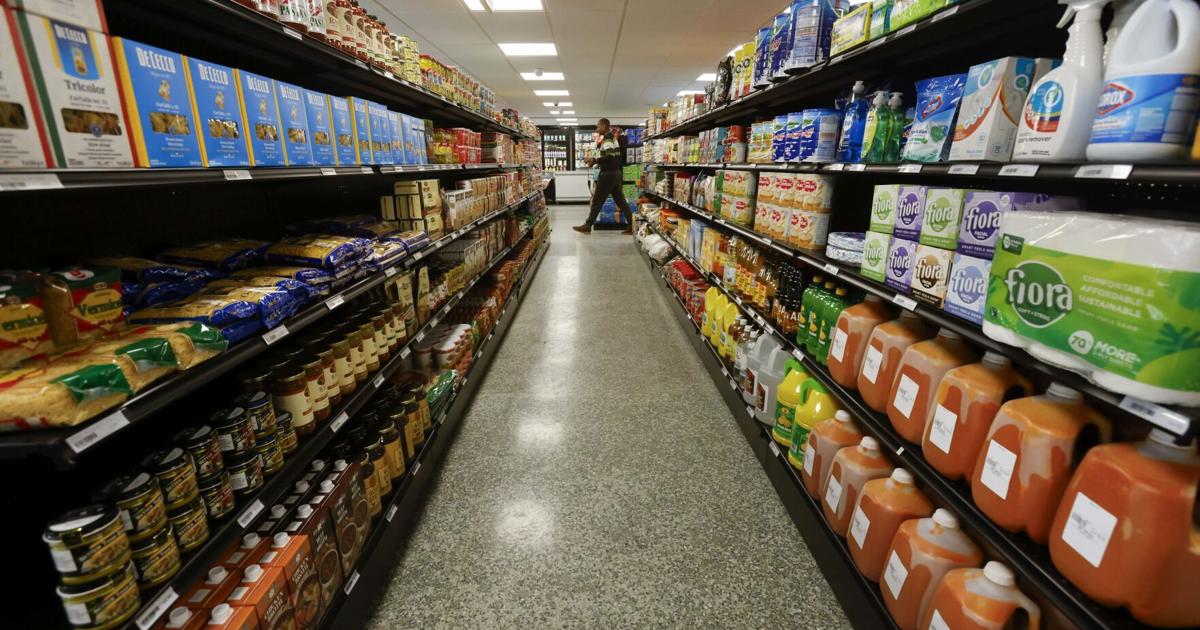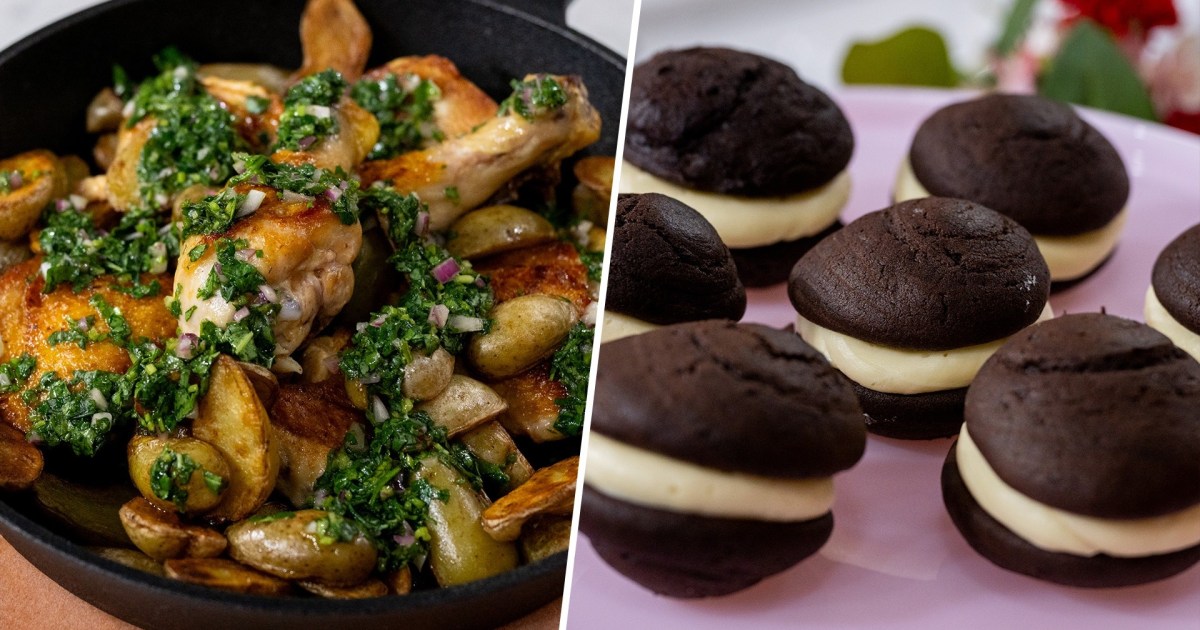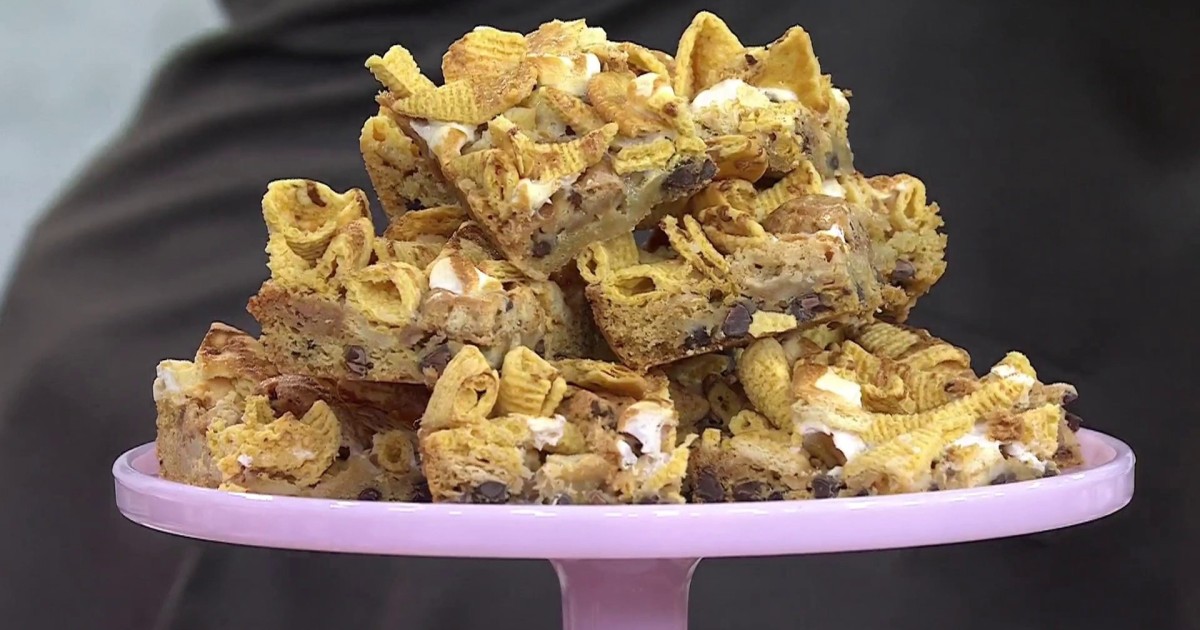According to the Dietary Guidelines for Americans, a nutritious eating pattern includes fat-free or low fat foods but limits saturated fats and trans fat.
In fact, the guidelines suggest limiting your saturated fat intake to less than 10% of your daily calories and reducing your trans fat intake.
If you’re trying to reduce your fat intake, you can still consume a flavorful diet rich in various nutrients. Keep reading to learn more about the low fat foods to add to your next meal.

Filling your diet with colorful fruits can help diversify your diet in a low fat way. Fruit contains fiber, which helps slow down the release of sugar into your bloodstream and may keep you feeling full longer.
Fruit also contains antioxidants, which guard your body’s cells against free radical damage.
Learn more about the benefits of antioxidants.
Whether you eat them fresh in a salad, blend them in a smoothie, or cook them in a skillet, leafy greens add a dash of fiber, vitamins, and minerals to any meal or snack. For example, just a cup of one of the following raw vegetables can provide you with minimal fat and some important nutrients:
- Spinach contains only 0.117 grams (g) of lipid fat but is high in vitamin K, vitamin C, vitamin A, and iron.
- Kale contains 0.313 g of lipid fat, and it is high in vitamin A, vitamin C, calcium, potassium, and copper.
- Shredded cabbage contains 0.07 g of lipid fat. Cabbage is an excellent source of nutrients similar to the ones found in spinach and kale, and it also contains a high fiber content.
Beans, lentils, and peas are low fat and cholesterol-free sources of protein and fiber. Plus, they contain similar vitamins and minerals as leafy greens, like folate, magnesium, and iron.
Let’s look at the nutrient breakdown of 1 cup of cooked chickpeas:
- Calories: 269
- Fat: 4.25 g
- Carbohydrates: 45 g
- Fiber: 12.5 g
- Protein: 14.5 g
- Manganese: 73% of the daily value (DV)
- Folate: 71% of the DV
- Copper: 64% of the DV
- Iron: 26% of the DV
Chickpeas, lentils, and black beans are versatile ingredients. You can blend them to make dips or eat them hot or cold in soups or salads.
Mushrooms are notorious for soaking up the flavors of spices and herbs, so they can make a flavorful addition to almost any savory meal. Some people refer to mushrooms as a superfood, since they are rich in B vitamins, vitamin D, antioxidants, and selenium.
There are many varieties of edible mushrooms, but here are the fat contents in 100 g of some common ones.
One medium sweet potato contains only 0.211 g of fat. Adding one to your lunch or dinner gives you generous amounts of the following nutrients:
- Fiber: 3.78 g
- Vitamin C: 19.3 milligrams (mg)
- Potassium: 347 mg
Air fry it, roast it, or steam it — you can prepare this root vegetable in many ways.
This root vegetable adds a punch of flavor to low fat dishes. One clove of garlic contains 0.191 g of protein and just 0.015 g of fat. You can roast it, dice it, or crush it to reap its health benefits.
If you’re following a low fat diet specifically to lower your cholesterol, adding more garlic to your diet could be beneficial. A 2016 randomized controlled trial noted that consuming one half to one whole clove of garlic each day lowers your cholesterol levels by about 10%.
Protein is vital for your health, especially because it helps your body repair cells and generate new ones. Getting enough protein on a low fat diet is entirely possible. Chicken breast is a lean protein, which is a type of meat with a low fat content. One piece of chicken breast, around 174 g, contains 55.9 g of protein but just 5.64 g of lipid fat.
Lean fish contains significantly less fat than fatty fish. For example, one haddock fillet contains 0.792 g of fat, while just half of a salmon fillet contains 12.6 g of fat.
While there are benefits to consuming fatty fish in moderate amounts, lean fish contains more iodine and fewer calories while still providing healthy omega-3 fatty acids.
Examples of lean fish include:
- tilapia
- cod
- halibut
- haddock
You can keep having your favorite dairy products like milk, yogurt, and sour cream if you’re sticking to low fat foods. Producers create low fat milk through a spinning process. This separates and removes some of the fat content.
For example, 100 g of nonfat plain Greek yogurt contains just 0.37 g of lipid fat.
A whole egg contains close to equal parts protein and fat. However, egg whites contain just 0.16 g of fat and 10.1 g of protein. You can also experiment with removing the yolk when using eggs in a baking recipe. You may need to add slightly more egg whites to compensate, depending on the other ingredients.
Always notify your doctor before making changes to your diet. However, there are several reasons your doctor may recommend or support a low fat diet. For example, it may aid in lowering your cholesterol or help you maintain a moderate weight.
A 2019 study involving females experiencing postmenopause suggested that reducing fat intake but increasing vegetable, fruit, and grain intake may lower the risk of developing:
Limiting the amount of saturated and trans fat you consume daily is part of a nutritious eating pattern.
Simple changes like switching to low fat and fat-free dairy products or removing the yolk from an egg can add up to make a difference. Sweet potatoes, lean meats, leafy greens, fruit, and legumes are nutrient-dense options with low fat contents. Talk with your doctor about switching to a diet of low fat foods.

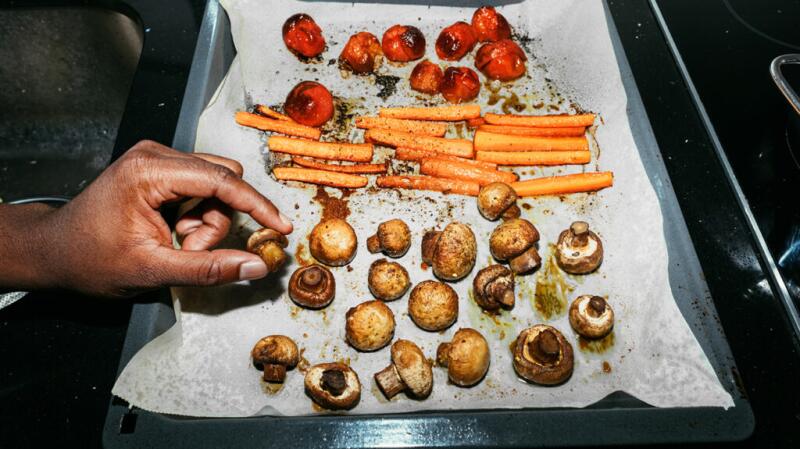

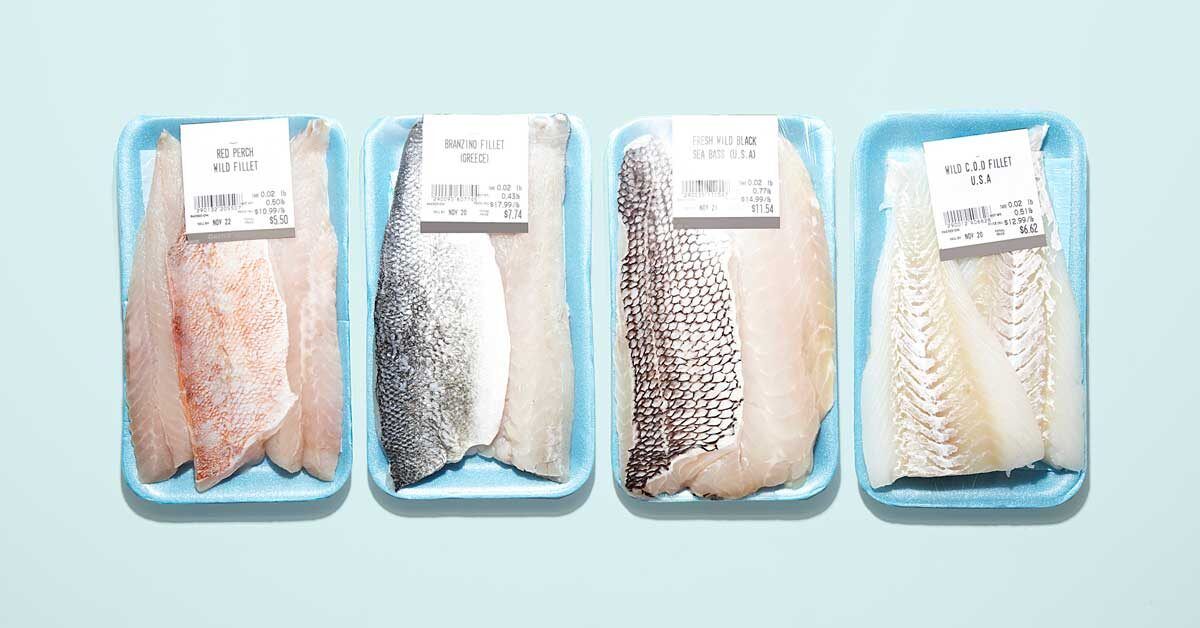
:max_bytes(150000):strip_icc()/ChickenBreast-7c055ca42ace4670867b52b9ab642824.jpg)


